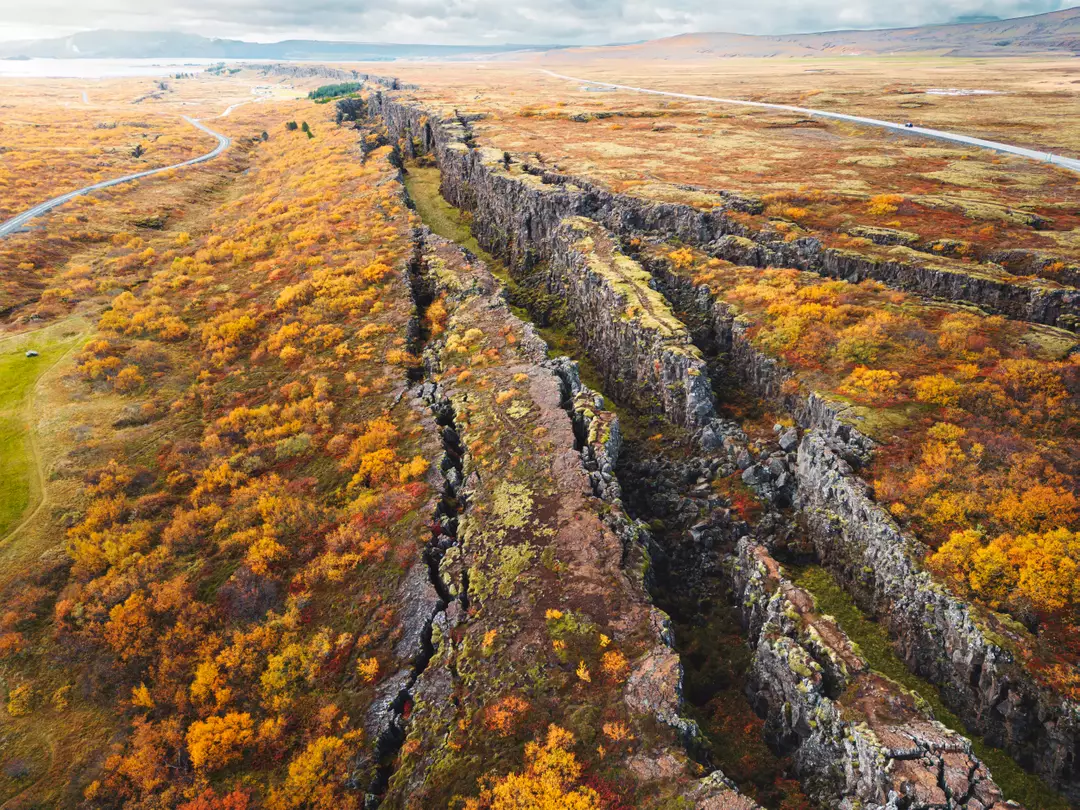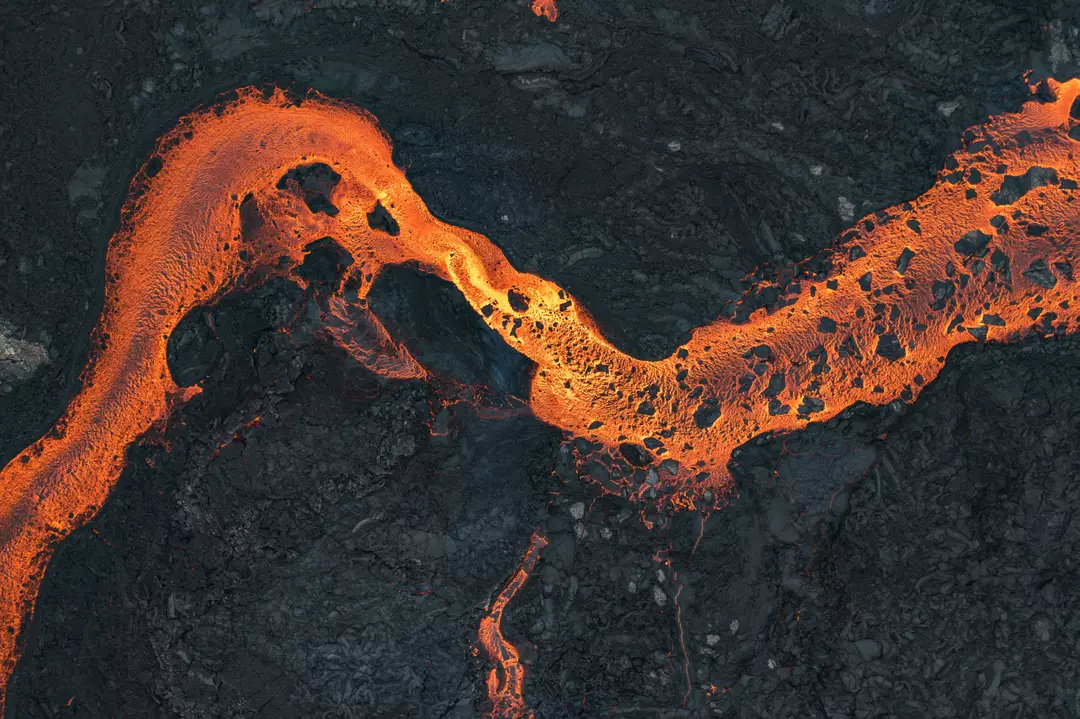Scientists have raised concerns over a massive ‘death’ process affecting our planet.
Earth’s history spans roughly 4.5 billion years. To put this into perspective, if Earth’s entire existence were compressed into a single year, humans would have appeared on the scene at 11:59 pm on December 31st.
Throughout this vast expanse of time, Earth’s appearance and composition have undergone significant changes, largely due to the movement of tectonic plates.
Tectonic plates are vast pieces of solid material that float on the semi-fluid mantle beneath them. When these plates shift, entire continents can collide.
A particular way this occurs is through what geologists term a ‘subduction zone.’
This phenomenon occurs when one tectonic plate is forced beneath another, particularly when an oceanic plate goes under another oceanic or a continental plate.

Researchers studying a subduction zone where the Juan de Fuca and Explore plates are descending beneath the North American Plate may have documented the initial signs of a ‘death’ process.
Dr. Brandon Shuck, who leads the study observing this event, utilized a combination of seismic reflection imaging and earthquake records to examine the process.
Dr. Shuck explained: “Getting a subduction zone started is like trying to push a train uphill – it takes a huge effort. But once it’s moving, it’s like the train is racing downhill, impossible to stop. Ending it requires something dramatic – basically, a train wreck.”
The research team, using a 15-kilometre-long ‘streamer’ of listening devices, made a remarkable finding: plates don’t disintegrate all at once.
Instead, they break apart progressively.
“So instead of a big train wreck, it’s like watching a train slowly derail, one car at a time,” Dr. Shuck elaborated.

There’s a particular area that has garnered their attention.
Dr. Shuck noted: “There’s a very large fault that’s actively breaking the [subducting] plate. It’s not 100% torn off yet, but it’s close.
“Once a piece has completely broken off, it no longer produces earthquakes because the rocks aren’t stuck together anymore.”
The researchers hope their study will shed light on geological processes worldwide, including in Baja California, where remnants of ‘microplates’ might indicate the presence of dying subduction zones.
While this process unfolds rapidly in geological terms, for us, this ‘train wreck’ spans over millions of years.

